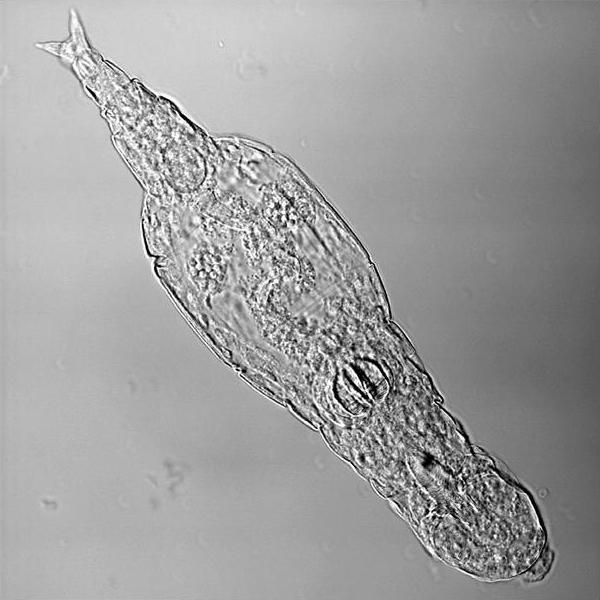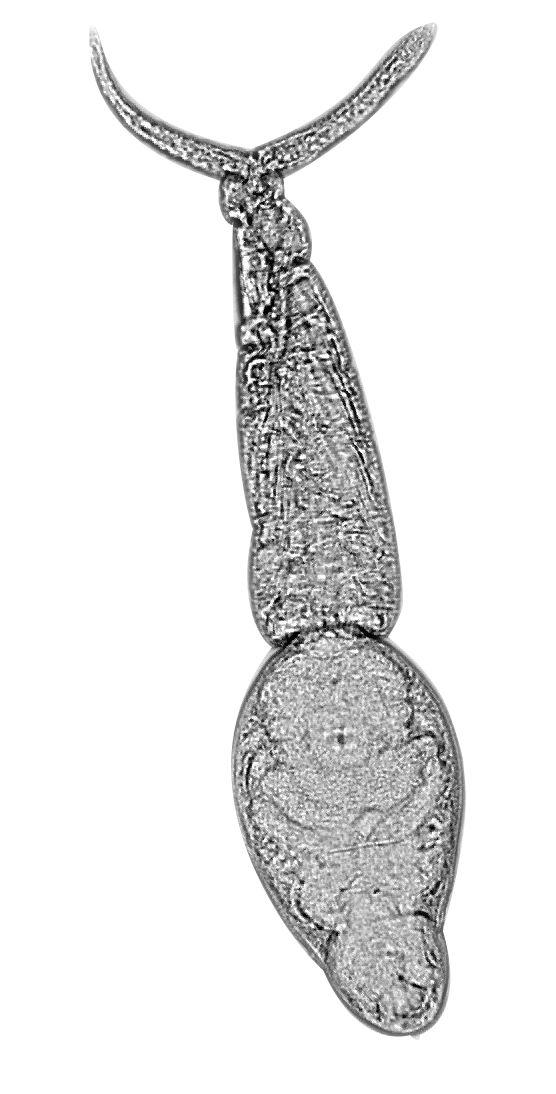Hello everyone and welcome to my sciency-blog about my PhD project at UCL.
I started my PhD in march, and yet this is my first entry…To celebrate this milestone, because let’s face it, finding time to write about what you are doing as you’re doing it (and possibly while moving flats in London) is a heavy task, I decided to introduce to you the animals I work with. They all three come from the animal branch of the Lophotrochozoan, which includes some weird looking creatures such as molluscs, annelids and flatworms. Their scientific name, which involves the use of latin, are Biomphalaria glabrata (or the snail), Crassostrea gigas (the oyster) and Maritigrella crozieri (the flatworm).
Let’s start with the snails!
They are usually found around the world in the tropics and in some of these areas they are intermediate hosts of a trematode, Schistosoma mansoni, which can infect humans. However, the one I have here in the lab are not carrying any nasty parasites and come from the beautiful, yet less exciting, Natural History Museum of London. Now, a funny story is the day I accidentally mistaken some rotifers in the water for trematodes… and googled schistosomiasis symptoms for a good hour before realising, with a sigh of relief, that my snails only needed a change of water!

By the way, Here’s a rotifer and here’s a …

… cercaria of schistosoma mansoni!
I have already had snails in the lab since April and I find them incredibly cute and exciting (except for the brief moment when I thought I had snail fever). In case you were wondering (of course you were!) they are hermaphrodites, which mean they have both male and female organs (and most of the time end up laying double the amount of eggs! Hooray!). Each embryo is enclosed in a capsule and the snails lay up to 20 capsule together in an egg mass on the aquarium glass. Sometimes you can even find twins!
Here’s a picture of Fred and George and Mary Kate and Ashley:

There is still one last fun fact about the snails you should probably know about before I start boring you with the science: they can walk on water (under the water surface though…)!
As for the oysters, they are just the same as the ones people eat in fancy restaurants with a bottle of champagne, in fact I get mine from Richard’s Oyster at Borough market (for those who don’t know London, that is a very posh market!). After that I take them back to UCL with the tube, which often involves walking around the train with a plastic bag dripping ice cold water. So far, a lot of people eyed me worryingly but no one has yet reported me for suspicious behaviour (or as they say here: see it, say it, sort it!).
I have been mostly working with the oysters during the summer, as I’m interested in studying their development and I want them to be full of (yikes) eggs and sperm. Apparently, fishmonger likes to describe them as “milky” during the reproductive season (yikes again). It was very hard to find someone to sell them at first because most people, surprisingly, don’t like their oysters milky and so fishmongers tend to only keep them during the months with the R (from septembeR to apRil) which is when oysters are not fertile.

Taking the oysters on the elevator of UCL always sparks interesting conversation

A little oyster larva
The flatworms are yet not here at UCL, they live in Florida and it will take a long trip, and a bit of snorkelling in the mangroves to get them. I know, is a tough life!
If you are still reading, thank you for the patience, and stay tuned for the next entry about why I’m so obsessed about mollusc’s eggs…

Recent Comments